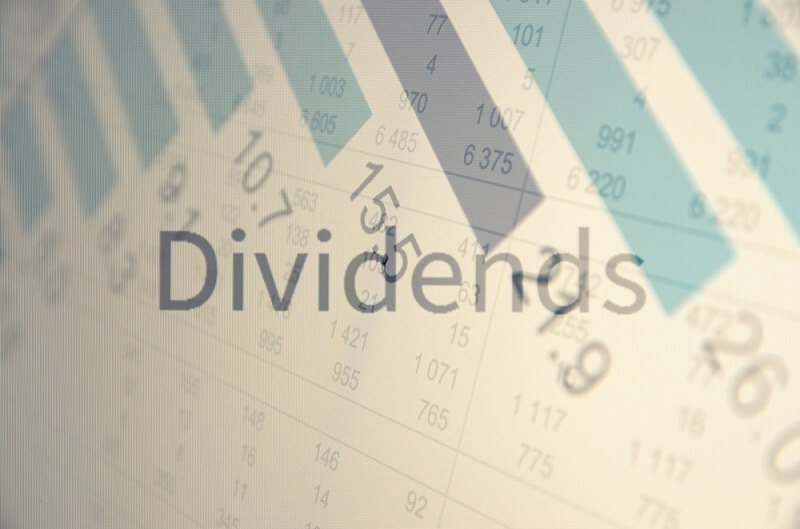
Stock buyback is one of the strategies that has been attracting more attention in the finance world. This is the procedure through which companies in recent years have manipulated the price of stocks and rewarded stockholders. But what exactly are the buybacks, and how do they affect the shareholders' worth and stock values? This blog is about what a buyback is, its advantages, its dangers, and what to know about buyback programs in 2025.
It is not only the companies that issue shares but also those that can buy shares. Let us see how stock buybacks work and their importance.
Share repurchasing programs or stock buybacks occur when an organization buys its stock in the market. The shares are often removed from the market after being repurchased, and this tends to decrease the outstanding shares. This predicament is likely to increase the earnings per share (EPS) and could be the culprit for why the stock can be pretty attractive to investors.
There are several reasons why the stock of a company can be bought back, and these reasons include:
One of the arguments in finance is buybacks or dividends. The two are methods of returning capital to shareholders, and they do work differently:
Buybacks can directly influence the value shareholders get. This section explains how.
When a company reduces the number of shares available in the market, its net earnings are divided among fewer shares, increasing the earnings per share (EPS). A higher EPS often attracts more investors and boosts the stock’s valuation.
Stock buybacks can make a company’s return on equity (ROE) look better. Since equity is reduced and net income remains the same, ROE increases, making the company appear more efficient.
Buybacks reward long-term shareholders by boosting stock prices, especially if done when the stock is undervalued. It allows them to sell at a profit or hold shares with greater value.
One of the most direct outcomes of buybacks is their effect on stock price. But it’s not always simple.
Stock buybacks often cause a short-term increase in stock price. This happens because:
In the long run, the impact of a buyback depends on the company’s fundamentals. If the company is strong and uses its capital wisely, buybacks can lead to sustainable growth. However, if the buyback was done just to boost the stock price temporarily, it might not have lasting effects.
Buybacks are most effective when the stock is undervalued. If companies repurchase shares at inflated prices, they may destroy value rather than create it.
As we enter 2025, buyback programs have evolved with new strategies, technologies, and market behaviors. Here’s what to expect this year.
In 2025, US companies with buybacks will be led by tech giants. Apple, Meta, and Alphabet continue to announce multi-billion-dollar buyback programs, signaling strong cash reserves and long-term confidence.
Companies are increasingly using AI tools to time buybacks better, analyzing market trends and stock movements in real-time.
Governments and regulators have started examining buybacks more closely. In 2025, there are discussions about limiting excessive buybacks to avoid market manipulation or short-termism.
Investors are now more focused on ESG practices. Some shareholders pressure companies to reinvest in employees or green initiatives rather than repurchase shares.
Let’s now explore how buybacks benefit companies themselves.
Unlike dividends, which create future payout expectations, buybacks are flexible. Companies can increase or decrease buybacks depending on their financial health.
In some countries, capital gains from share price appreciation are taxed lower rate than dividends. Buybacks offer a more tax-friendly way to return money to shareholders.
While buybacks can be beneficial, they are not without risks.
If companies buy back stock when prices are high, they may destroy shareholder value instead of creating it. Overpaying reduces the return on investment.
Companies may prioritize buybacks over more valuable investments like research, expansion, or innovation. This can hurt long-term growth.

Searching for what happens with the money that the companies have as a way to give it back to shareholders, let us see what the two most popular methods are.
The two strategies are an indication that a firm is performing positively. Nevertheless, an increase in dividends is usually an indication of sustained cash flow, and a buyback can show the management's opinion that the stock is underpriced.
Some of these businesses with buybacks in the US have employed the strategy to provide value to the shareholders over time.
Apple buys its shares in one of the largest amounts. Through its record buyback efforts, it has been able to boost the value of its shares and decrease the number of shares, resulting in a gain for investors with increased EPS.
At Microsoft, this is done through buybacks coupled with dividends. This moderate policy has assisted the company in developing a good rapport with the shareholders.
In recent years, Meta aggressively utilised buybacks. Nevertheless, this series of buybacks has helped sustain the company's foresee in times of intense investing in metaverse and AI projects despite this criticism.
A wiser decision can be arrived at by investors through understanding how stock buybacks influence stock prices and shareholder value. Many prefer dividends over the flexibility of buybacks, but no matter which side you are interested in, the point is to become informed and consider the strategy of each company thoroughly. Buybacks will remain to define the financial world of firms and investors in future years, 2025 and beyond.
This content was created by AI